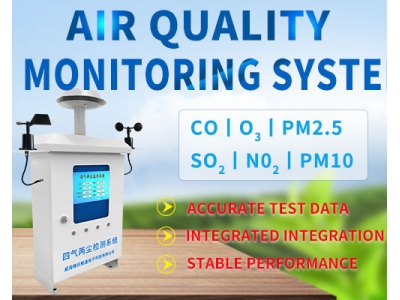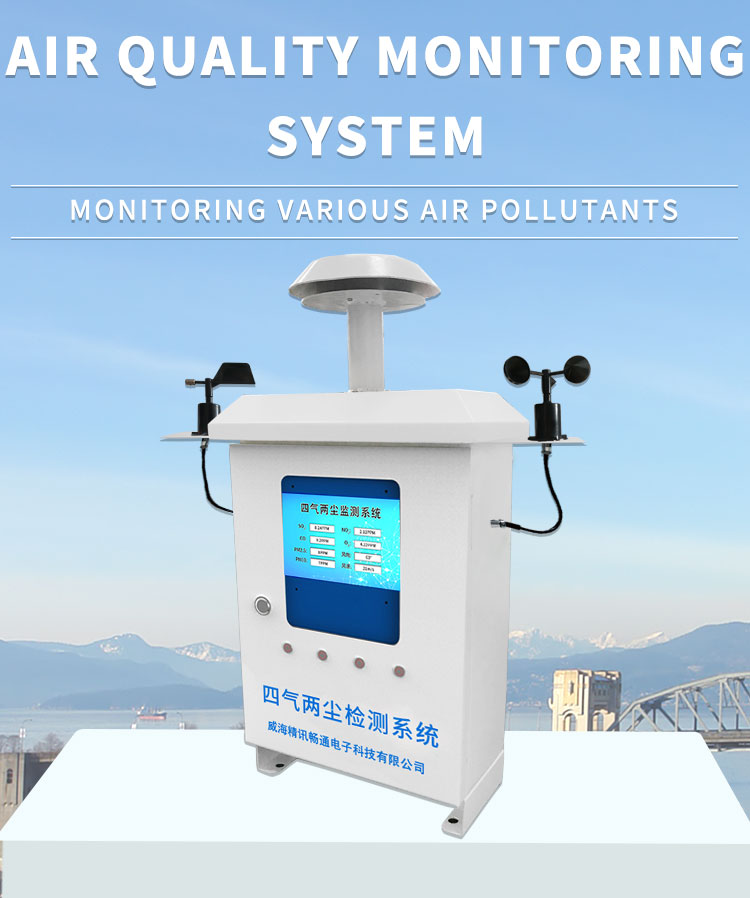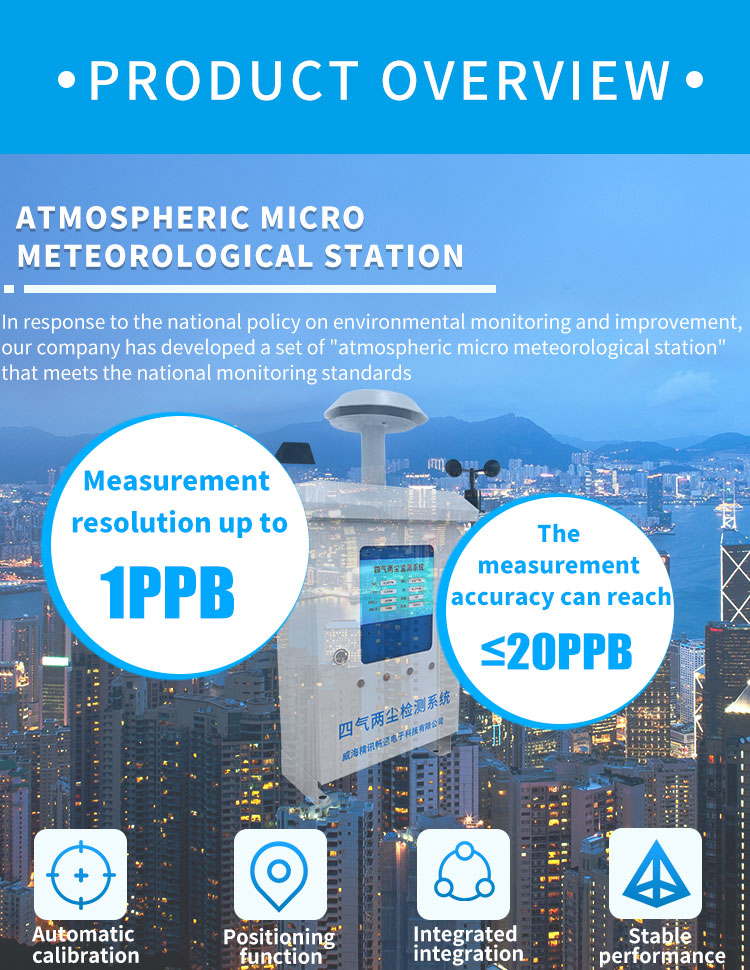
Air Quality Monitoring System: A Crucial Tool in Battling Air Pollution
The harmful effects of air pollution on human health and the environment have led to the development of air quality monitoring system.

The harmful effects of air pollution on human health and the environment have led to the development of air quality monitoring system.
Air pollution has been a significant environmental problem for decades. According to the World Health Organization (WHO), air pollution kills an estimated 7 million people worldwide each year. The causes of air pollution are varied, including emissions from industrial facilities, transportation, and burning of fossil fuels. However, the harmful effects of air pollution on human health and the environment have led to the development of air quality monitoring system.

Air quality monitoring systems are designed to measure and monitor air pollutants in real-time. These systems provide accurate and reliable data on the levels of pollutants present in the air, which can help authorities make informed decisions about pollution control measures. The data collected by these systems can also help individuals protect their health by taking appropriate measures to avoid exposure to harmful pollutants.
One of the most critical components of an air quality monitoring system is the sensor. The sensor detects and measures the concentration of pollutants present in the air. The sensors are typically placed in areas where air pollution is likely to be high, such as near major roads, industrial facilities, and other pollution hotspots. The data collected by the sensors is transmitted to a central server, where it can be analyzed and used to create air quality reports.
Air quality monitoring systems are used by a variety of organizations, including government agencies, private companies, and research institutions. Governments use these systems to monitor compliance with air quality standards and to develop policies and regulations to reduce air pollution. Private companies use air quality monitoring systems to assess the impact of their operations on the environment and to implement measures to reduce their environmental footprint. Research institutions use these systems to study the effects of air pollution on human health and the environment.

In recent years, there has been a significant increase in the use of air quality monitoring systems around the world. This is due in part to advancements in sensor technology, which have made these systems more accurate and reliable. Additionally, the growing awareness of the harmful effects of air pollution on human health and the environment has led to increased demand for air quality monitoring systems.
The benefits of air quality monitoring system are clear. By providing accurate and reliable data on air pollution levels, these systems help authorities make informed decisions about pollution control measures. They also help individuals protect their health by providing information about the air quality in their area. Ultimately, air quality monitoring systems are a crucial tool in the fight against air pollution and its harmful effects on human health and the environment.
In addition to detecting and measuring air pollutants, air quality monitoring system can also provide real-time alerts and notifications to individuals and organizations in the event of high levels of air pollution. These alerts can help people take appropriate measures to protect themselves from exposure to harmful pollutants.
Furthermore, air quality monitoring systems can be used to identify pollution sources and track the progress of pollution control measures. For example, if a pollution hotspot is identified, authorities can take action to reduce emissions from that area. Then, the air quality monitoring system can be used to track the effectiveness of those pollution control measures over time.
However, despite the many benefits of air quality monitoring systems, there are also some challenges to their implementation. One of the biggest challenges is the cost of these systems. Installing and maintaining an air quality monitoring system can be expensive, especially for developing countries with limited resources.
Another challenge is the lack of standardization in air quality monitoring. Different regions and countries may have different air quality standards and regulations, which can make it difficult to compare data collected by air quality monitoring systems. This can also make it challenging to develop effective policies and regulations to reduce air pollution on a global scale.